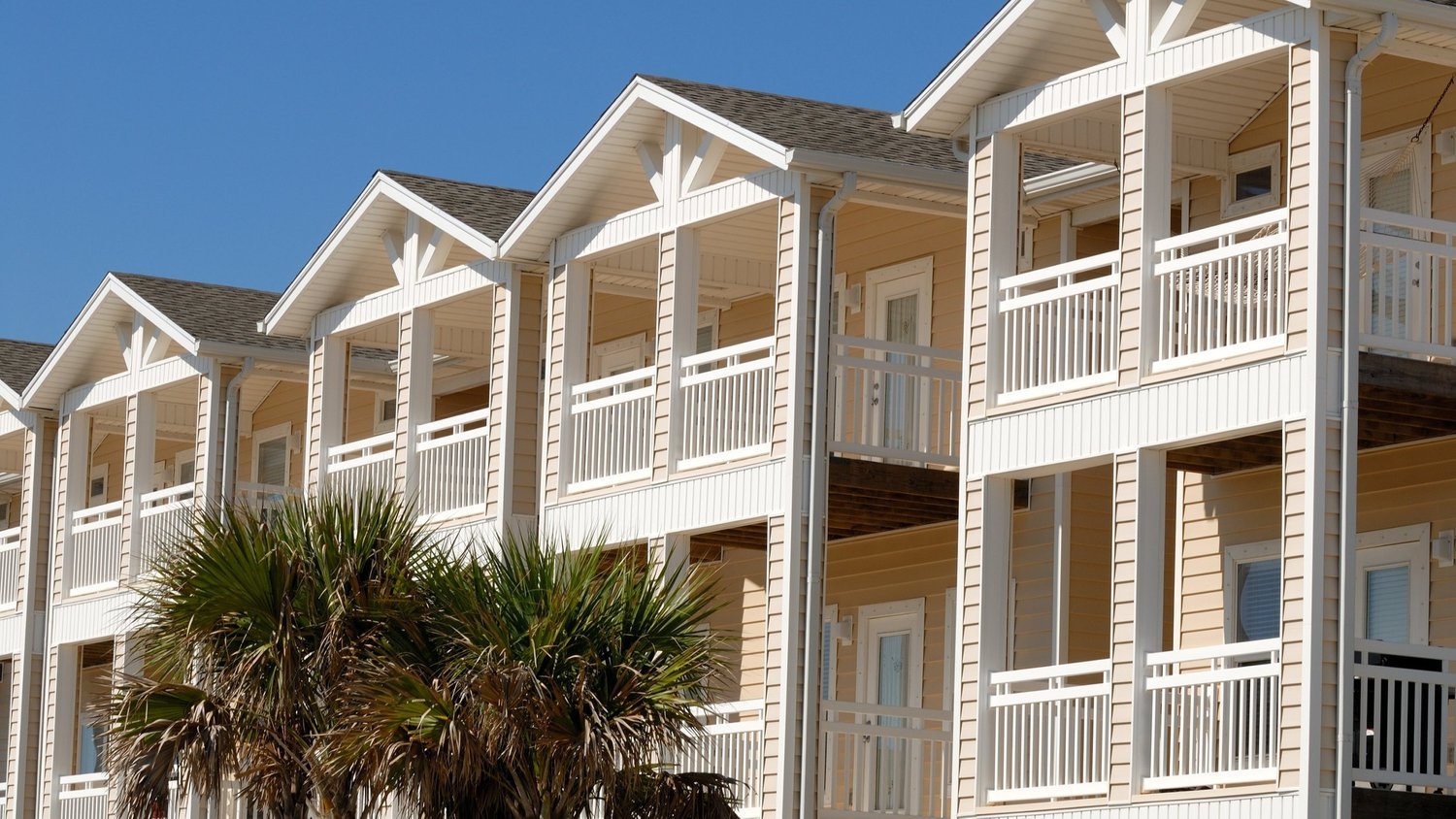Workforce Housing Needed In The Inland Empire

By Charles Schaffer
Job and population growth in California’s Inland Empire — Riverside and San Bernardino counties — make it one of the hottest markets in the country for new workforce housing investment.
In 2022, UC Riverside reported that the region had historically low inventory. Asking home prices in the Inland Empire soared by 18.3% from the 4th quarter of 2020 to the 4th quarter of 2021.
A Brief History
The idea of workforce housing has been around for a very long time, and we’ve seen examples of it throughout the history of the United States. As resorts were popping up in the major ski towns of Colorado, there was a significant disparity between income and the price of local homes, so many workforce members could not afford to buy. They devised a plan to create a local worker housing market based on the average local wage.
Examples of workforce housing go back even further, when seafood industry factory owners in Biloxi, MS, created temporary housing for their seasonal workers. In Alaska, railroad workers set up tents that became a town that would eventually be known as Anchorage. Workforce housing is not a new concept, and the need for it persists.
California’s Inland Empire
The Inland Empire is leading economic growth in California, outshining the national growth rate. The area saw a 2% job growth in 2019, propelled by the recent population growth as California residents search for more affordable housing. While the market is seeing strong job growth, wage growth is weaker. This fact further affirms the need for affordable housing in the Inland Empire.
It isn’t just the population growth driving the creation of jobs, though. The strong national economy and increased consumer spending are fueling an industrial boom.
Logistics, transportation, and warehousing sectors do well in a strong economy, three considerable industries in the Inland Empire.
All signs indicate that the market will continue outperforming its Southern California counterparts and the rest of the state for the next few years, if not longer. With overall home prices continuing to rise in the Inland Empire, multifamily workforce housing is needed now more than ever to accommodate recent job and population growth.
Building Affordable Workforce Housing
Why do we call it workforce housing in the first place? According to the Urban Land Institute (ULI), Workforce Housing is affordable housing for households between 60 and 120 percent of the area median income. Workers who don’t qualify for low-income housing but cannot afford to purchase a home due to inflated prices need workforce housing.
We are focusing our efforts to fill the workforce housing needs in the Inland Empire on two and three-story apartments. These “walk-up” garden-style apartments are more cost-effective to build than luxury apartments and create a better family feel for tenants in these in-fill housing developments.
We look for opportunities in areas with the highest walk scores, meaning they are within walking distance of restaurants, coffee shops, grocery stores, schools, parks, and more. These areas are ideal for workforce housing.
We’ve already seen some huge investments in the multifamily housing market in the Inland Empire. For example, billionaire Charlie Munger recently invested in apartment developments in the area. We’re seeing giant companies buy off multifamily properties left and right.
If you want to learn more about investing in workforce multifamily housing in this growth market, set up a meeting on my Calendar.
Charles Schaffer
President and Founder, SDC Capital Ventures

Charles has founded and operated several development companies over his 35+ year history to pursue his passion for Alternative Investing where he believes outsized returns can be achieved without a corresponding increase in risk. Under Charles' leadership, SDC has developed and financed over $80 million of commercial real estate and renewable energy projects.
![]()


